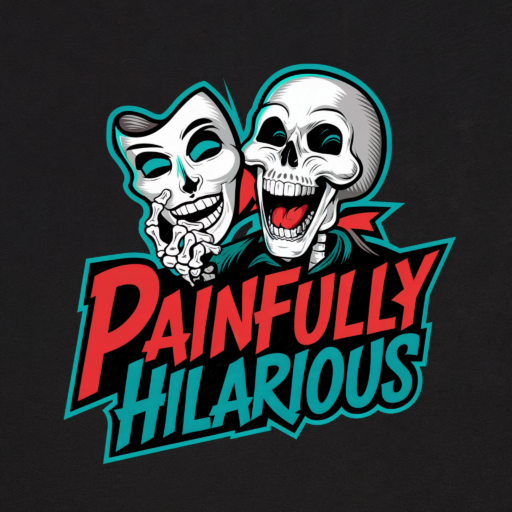Navigating the corporate jungle is tricky enough without your body declaring mutiny. If you’re wrestling with chronic pain while trying to look sharp in the boardroom, here’s your guide to suffering with a touch of professionalism.

The Art of Concealment
Let’s start with the basics: hiding your pain. Chronic pain in the workplace often feels like participating in a never-ending poker game where you must keep your grimaces to yourself. The goal? Convincing everyone that you’re fine, just fine, perfectly fine, even when your back screams louder than a banshee at a rock concert. Your poker face might make Lady Gaga proud, but it can also leave you feeling isolated. Remember, it’s okay to drop the act sometimes and be honest about your struggles.
Ergonomics: Your New Best Friend
You might not be able to ditch your pain, but you can trick your workspace into being less of a torture chamber. Adjustable desks, ergonomic chairs, and that fancy mouse that looks like it was designed by NASA can be game-changers. Invest in them, cherish them, and who knows? Your spine might just start sending you thank-you cards. Plus, an ergonomic setup isn’t just good for you—it’s a conversation starter about how seriously you take your health and productivity.
Breaks: Not Just for Smokers
Remember the good old smoke break? Well, it’s time to democratize the concept. Pain breaks are the new smoke breaks. Take regular intervals to walk, stretch, or just do something other than morphing into your chair. If anyone questions you, just mumble something about “circulation” and scurry away. Or better yet, invite them to join you. It’s a lot harder to critique when you’re both doing office yoga.
Painkillers: Your Secret Weapon
Now, to the pharmacopeia in your desk drawer—your secret stash. Painkillers might not solve the root problem, but they can mask the symptoms enough for you to pretend everything’s peachy.
Note: Using them to deal with annoying colleagues is not recommended, tempting as it may be. And remember, it’s important to manage your medication responsibly—long-term relief comes from a balanced approach.
The Email Maneuver
Crafting emails while in pain is an art form. The goal is to sound professional without letting on that you wrote the email while in a position that would qualify you for the Olympic gymnastics team.
Pro tip: If you accidentally type “OUCH” in the middle of an email, just tell your boss it’s a new industry acronym. And don’t be afraid to use templates to make the process easier on yourself. Efficiency is key when your body is on strike.
Cultivating Sympathy Without the Drama
Let’s face it: You need a support system, but you don’t want to be the office downer. Balance honesty with discretion. Share enough so colleagues understand your needs without giving them a blow-by-blow of your last doctor’s visit. If done right, you’ll be the brave hero, not the tragic figure. And you might find allies who can offer practical help and emotional support. Everyone needs a bit of compassion in their lives.
When All Else Fails: Telecommuting
If maneuvering through office politics and ergonomic setups becomes too much, there’s always the nuclear option—working from home. Pitch it as boosting productivity, not just escaping the agony of your office chair. In the era of digital dominance, who needs to leave their bed to attend a meeting anyway? This way, you can control your environment entirely, making it as pain-friendly as possible.
Bottom Line
Managing chronic pain in the workplace requires finesse, a bit of deception, and a good sense of humor. With the right strategies, you can navigate your professional responsibilities without sacrificing your well-being—or at least without anyone noticing you’re doing so. Remember, it’s not about hiding your pain—it’s about managing it in a way that allows you to thrive.
For those who seek a deeper dive into workplace adaptations for chronic pain, the scholarly realms offer gems like these:-
MDPI Healthcare – The Pain at Work Toolkit for Employees with Chronic or Persistent Pain
BMC Musculoskeletal Disorders – Obstacles to returning to work with chronic pain
BMC Public Health – Supporting employees with chronic conditions to stay at work
Remember, when it comes to chronic pain at work, it’s not about the pain you bear, but how professionally you bear it.
